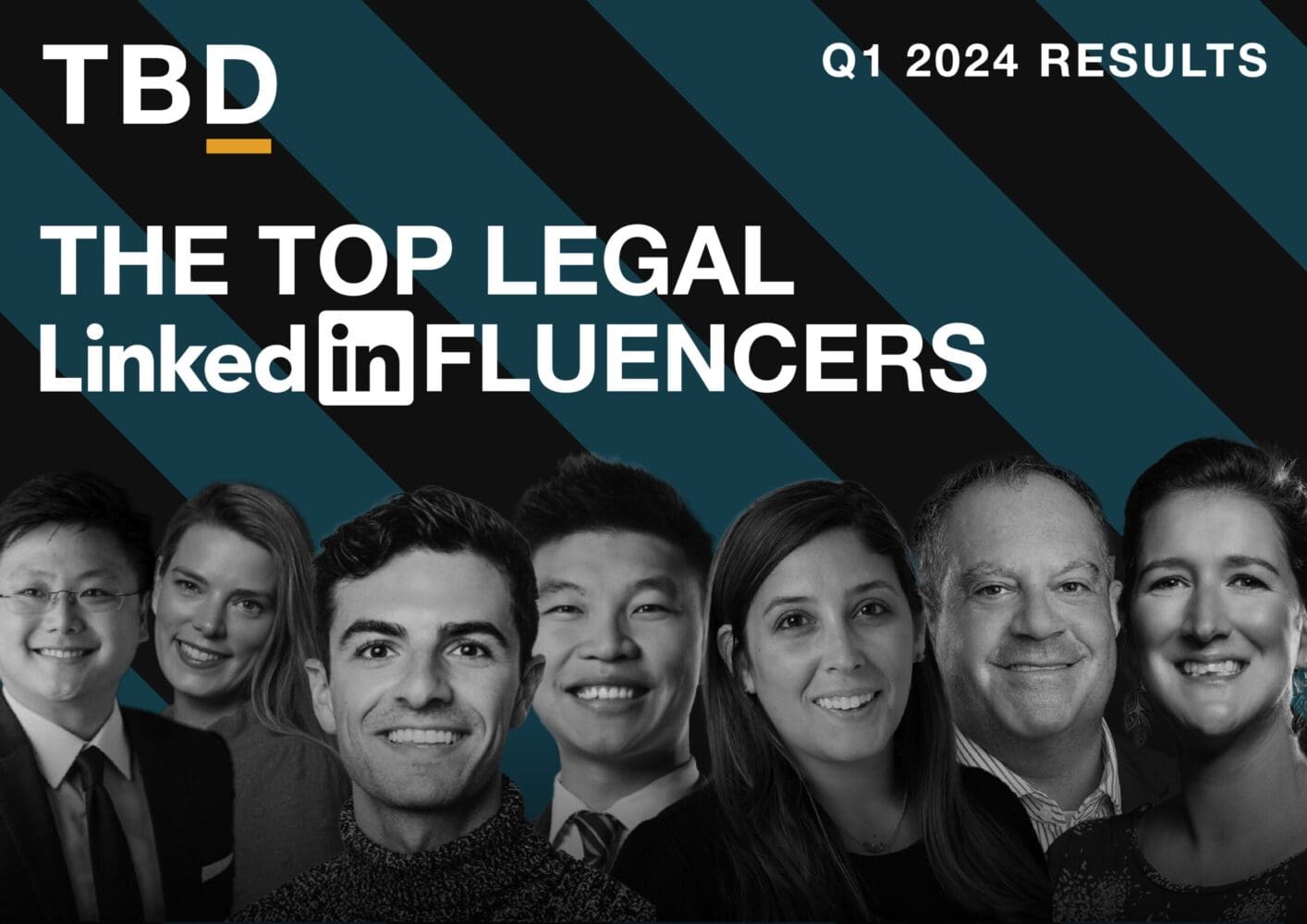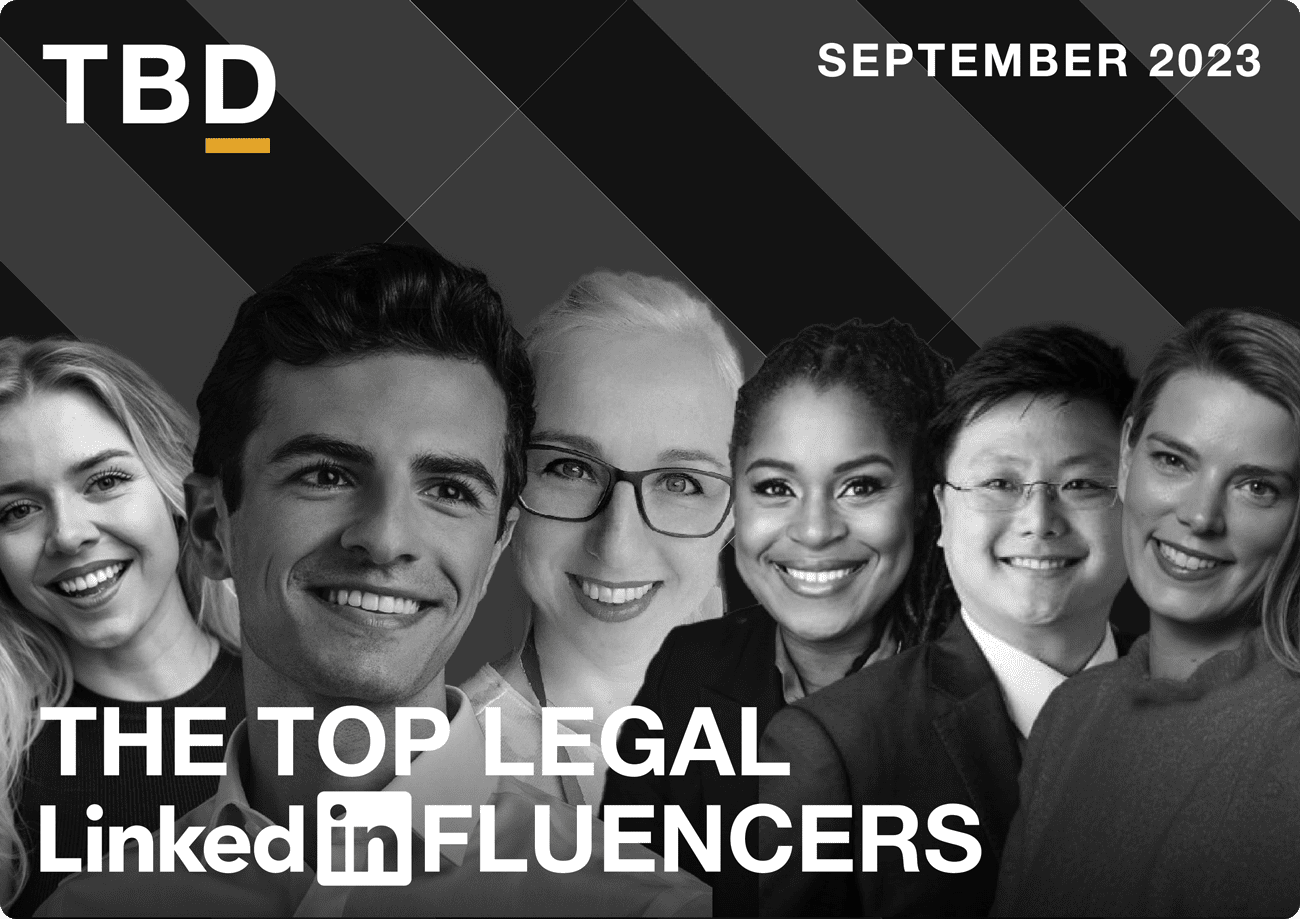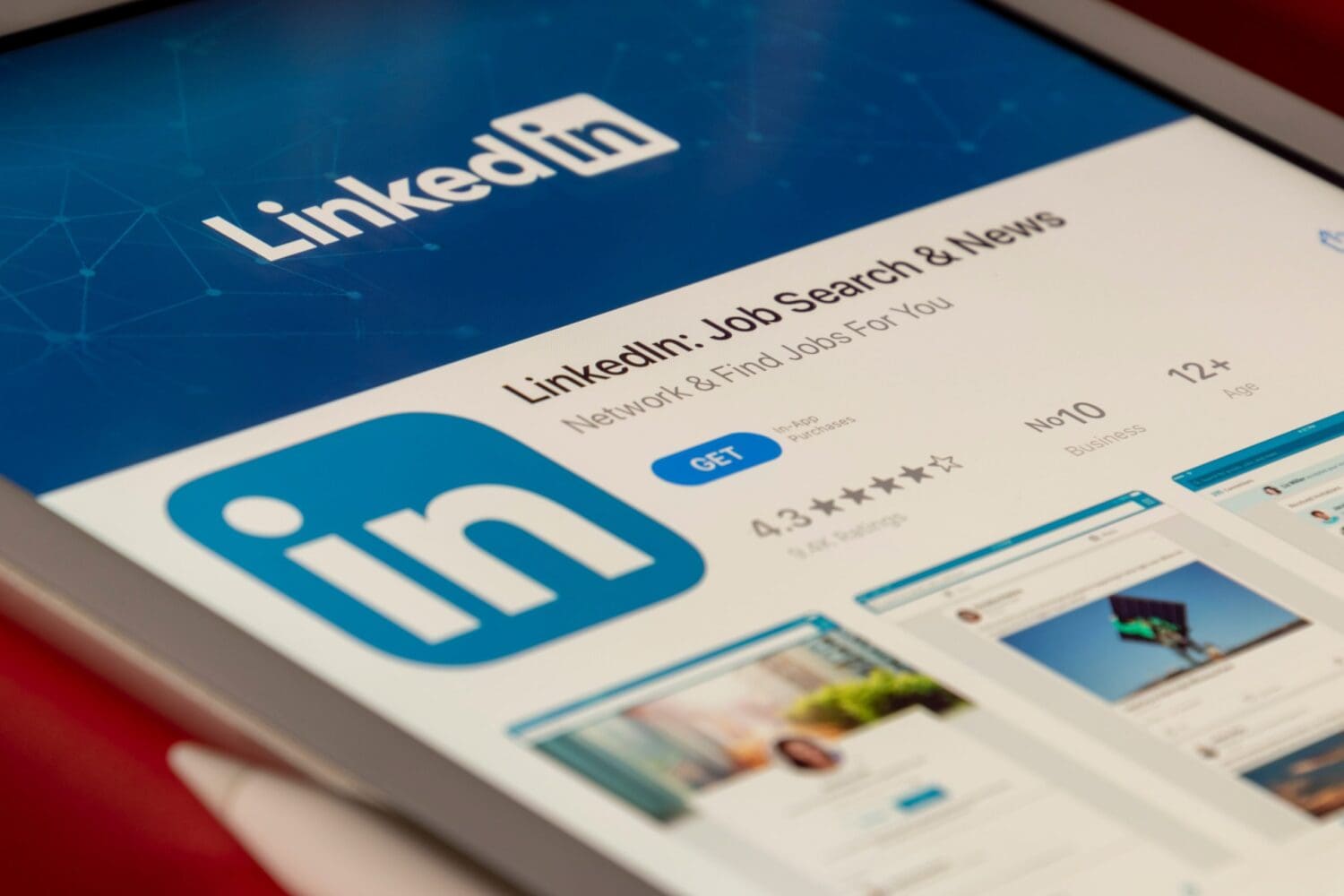Why have we prepared a glossary of digital marketing terms for law firm marketing?
There’s a whole new digital marketing language to learn and it’s foreign to most of the professional services marketing people we meet, never mind their management teams. That’s changing, but we thought that this blog could live as an evergreen reference tool. If you have a term that you’d like to suggest to add to our glossary of digital marketing terms for law firm marketing, then please drop us an email to TheTeam@2BD.ME
Being confronted with this jargon is a bit like walking into a coffee shop and staring at the menu for inspiration not knowing the difference between a latte and a flat white, or an Americano and a mocha. Hence our choice of the image above (thanks, Cyril Saulnier).
The good news is, you mastered ordering a coffee, right?
Glossary of digital marketing terms
What does SEO mean?
SEO means Search Engine Optimisation. In lay terms, that means getting your page to rank as highly as possible on the relevant search engines. Why does that matter? Check out our post on why Google needs to love your post and why you need to love Google.
What is a CMS?
Although it’s the name of a major law firm, in this context, CMS means Content Management System. The CMS is what people use to load content onto a website. There are two major types of CMS: free ones and ones that you license for an annual fee (let’s discount build your own CMS systems). The choice is important because a licence free CMS is cheaper and good for smaller firms and start-ups, whereas a licensed version may well deliver a one-stop shop solution for many or even all your needs.
The important things to note when choosing a CMS:
- How widely used is the CMS? If it is widely used, more developers can develop in it which normally means lower charges for coding changes to your website after launch. The availability of more developers will also extend the life of your website. For you to get maximum return on investment from your website, you should make sure to choose the right CMS.
- How well will the CMS speak to your other systems? If you do email marketing, have a CRM system, a leads/pipeline system and/or a finance system in place, this alone may well determine which CMS to select as integrating these systems is where you will derive the most value out of your website. More expensive CMS choices will often come with greater integration with your other systems, including InterAction and/or Elite which are commonly used by law firms.
What are rich snippets?
Rich snippets are available in some content management systems to show search engines how to present information on a certain page. It’s richer content and more likely to result in more people visiting your content. There’s a full definition here on unamo.com.
What are alt tags?
Sometimes, servers block images. In this case, alt tags are the words you have tagged the image with to describe it. There’s an SEO bump for alt tagging your images.
What is a backlink?
A backlink is when another site lists a link to your website. Google loves backlinks as they are a sign that the content is trusted. If you like this page, please feel free to backlink to it, which will push is higher among the rankings.
What are referral sites?
Referral sites send traffic to your website. Google treats them as a trust signal and ranks articles and pages form websites with good referrers higher than others.
What is an iframe?
You don’t have to host videos on your CMS or on your website. Using an iframe approach means that you can embed one source of HTML within another. So you can list your videos on Google (publicly, unlisted or private) and then ask your website to play them when someone selects the play button on your website without the need to host the videos on your server. Of course, you can load them into your CMS, it’s just that YouTube and Vimeo are so good at playing videos for you that you may as well use their resources instead, leaving your web pages quicker to load.
What is a blog post?
A blog post, as opposed to a legal update which is probably about black letter law, is an opinion or an industry view on a topic. Blogs tend to report less certain events or even look forward. Readers love blogs because they alert them as to what’s coming or what something means for their business. Lawyers default to legal updates because their subject matter is normally decided and so is less risky to talk about. In-house lawyers get bombarded with legal updates when what they often want is more forward-looking materials. We’ve asked them.
What is Google Analytics?
If you have the code embedded on your website, you can find out so much about your web traffic. Where the traffic came from, what time of day, what the users did next. You can then improve the website’s performance as a result of these statistics. Google Analytics is the benchmark for these analytics as it’s free and used by almost everyone who runs a digital marketing agency. If you are responsible for your law firm’s website, this is an area where I’d suggest a course will pay so many dividends. Like this one from Search Star, a great SEO agency.
What is data studio?
Google data studio is what TBD Marketing uses to provide its clients with insights into their web, social media and search engine statistics. It’s a data visualisation and manipulation tool.
What are keywords?
Keywords are the words on your web page that (hopefully) match the ones people search for on Google. When you write a page about “A glossary of digital marketing terms for law firm marketing” then your keywords are glossary of digital marketing terms for law firm marketing” and you need to naturally feed it into the text so that works for the reader and the search engine which ranks the page. Do you see what’we did there?
What is an organic ranking? What are organic search results?
This is where you rank highly on Google without paying to do so. You may precisely the right keywords in place and have optimised your web page with alt tags, rich snippets and the like. Equally, your piece may well be liked by lots of people on social media and so Google knows it’s a trusted piece and ranks your page highly organically. Think ‘free’ and ‘by playing by the rules’.
What is PPC? What is re-marketing? How do I use Google AdWords?
There’s an old saying that doing business without advertising is like winking at someone in the dark. You know what you’re doing but no-one else does. The good news is that advertising has come a long way over the past few years and you can really aim your content at your target audience with much greater accuracy. PPC means pay-per-click as is when you pay Google Adwords or similar to advertise some content against some given keywords above the organic search results. Then, when someone searches for those keywords, the search engine shows them a link to your content and you literally pay only if they click through. For some personal injury terms, this may cost the advertiser as much as £60 per click. If you can’t rank above someone organically, then you can pay to beat them to the traffic and the difference in results is increasingly subtle.
PPC differs from re-marketing. In re-marketing, you pay to have someone who has already visited your website to continue the journey on your site. If they almost bought something from you, you can bring them back to the product with an interesting advert. You’ll have seen these yourself when you see Amazon adverts appear on your Facebook timeline. Those adverts are tailored to you and feature products that you’ve previously researched. Re-marketing can be very useful for law firms who want to attract new business but don’t yet know the website visitor’s email address. A cookie on their machine is all Google needs to show them your advert when they are on another site. We did this a while ago at one of my former law firm employers for the graduate recruitment campaign and drew applications from people who had previously left the site. One of them now works at the firm.
What is influencer marketing?
Influencers exist with or without social media, but social media has shone a light on how influential some influencers can be. If you want to work with an influencer, you need to know if they have the audience (or reach), if they are considered credible on that topic and if they do actually influence people to think differently about something as a result of their communications. It needs to be all three elements and not, as is often mistaken, just a large audience. Tools exist to work out someone’s influence – you should check with your social media team (or us at TBD) if this is something that you are considering.
Influencers are useful for marketing partnerships. For law firms, it’s essential to note here that the influencer must be influential with the audience, not with your law firm partnership. Doing a marketing/brand partnership with an international rugby player or cricketer is a great idea, as long as it aligns with your target audience. In the legal sector, some lawyers do exist as significant influencers, but many of them will not be paid for their influence and so will not be considered appropriate for brand or marketing partnerships.
What is marketing automation?
Marketing automation is when you automate several of your early-stage marketing efforts to bring new audiences into the business development cycle. There’s less and less need to waste time manually emailing contacts using mail lists as marketing automation systems have a better understanding of what to send a person next to get them to re-enter the BD funnel. If that sounds calculated, then you need to know that it’s a fact of modern marketing. More importantly, it happens to you all the time. Amazon nudges you to re-engage. YouTube says ‘we think you’ll like this video as you enjoyed that last one. Imagine how much time you’d save if you could automate this part of your marketing. Hubspot has an excellent post on marketing automation.
What are CTAs (or Calls to Action)?
CTAs are the raison d’etre of your page – the reason that they exist. Your page serves a purpose in informing or educating your audience but the CTA lets them know – hopefully with some clarity – what you want to do next. Perhaps it’s “sign up to an email” mailer. Perhaps it’s “call a lawyer” about an article that they’ve written. Every page needs a CTA.
The golden rules of CTAs are to make them clear (i.e. unambiguous) and obvious (i.e. prominent and in plain English) and, most importantly, don’t have too many of them on a page so that there’s no room for confusion as to where to go or what to do next.
Analyse your CTAs on your web pages: where do visitors go next? Delete or improve the CTAs that they’re not using.
What are social postcards?
On social media, posts with images in them get higher levels of engagement. One way to get around the old 140-character limit was to use images embedded with words. The limit has gone up to 280 characters now, but images with a logo, quote and a link do get engaged with. Have a look at this example which features an excellent law firm apprentice called Thomas.
What are link shortening services? and why would you use them?
The longer a website link, the less likely it is to be typed in properly and, therefore, visited. You can purchase a dedicated domain name which is short (2bd.me is already short enough!) that shortens your long URLs into a few characters. Shortening them means that they can appear more easily in print, adverts, business cards and banner adverts and that they may even be memorable (like the one for this post:Â http://bit.ly/lawjargon). Once you own your new domain name, you can then register it with one of the many shortening services like bit.ly and share your shorter, fresher links. Also, if you add a + to the end of a shortened link name that is registered with bit.ly, you can see the stats behind how many times the link has been clicked. Read more on this over here.
What is agile development? What is waterfall development? What are user stories?
In our article, ten questions to ask if you’re building a website, we talk about the choice between agile development and waterfall development. With waterfall, you need to determine all the aspects of the web build you’d like upfront and then the developers develop it based on that and deliver you a fully fledged website. With agile, you devise user stories (“I am an in-house lawyer and I want to search for German colleagues of my UK lawyer”) and develop a website based on fulfilling the functionality that meets those user requirements. With agile, the developers work in sprints, developing a set of requirements at a time and then testing so that they are ready for sign off. If priorities change during the project, then agile is a great way of focusing development efforts on those elements which matter the most as you proceed.
As we say in our other article, a waterfall methodology is useful at a law firm when you have a lot of stakeholders. there’s a reference document which contains all the requirements.
The agile methodology is useful when you have a smaller team that signs off on the functionality as it allows greater flexibility as you go through the project, where priorities will (in our experience, inevitably) change.
One thing to note: with waterfall, your discussion with the agency will be what is in and out of scope. With agile, you’ll have to trade off on time/money or refocusing your priorities. Neither is perfect, but it’s good to know the limitations and advantages of each before you begin.
What terms would you like to have added to our jargon buster?
Please email us or comment below and we’ll add more of your digital marketing glossary queries as they get suggested. Oh and please share this post with your friends and contacts using the buttons below.
What is HTTPS and how does it differ from HTTP? (and why is it so important?)
HTTPS is a way of exchanging data with a website that is secure. the S means that the site has been granted a certificate to show that it takes web security seriously. But not all certificates are born equal: free SSL certificates have been used in the past by copycat websites and phishers in order to look secure but to engage in criminal activities. The much-publicised BA.com/baways.com debacle used a free certificate on the copycat site. It fooled 380,000 customers and stole over 70,000 credit card details (including CCV numbers).
Exchanging data with an HTTP website is not secure and means others can capture your data. Warnings now pop up on most browsers, and users don’t trust unsecured websites. Given the volume of your business that’s now online, it’s time to get your https certificate in order.







